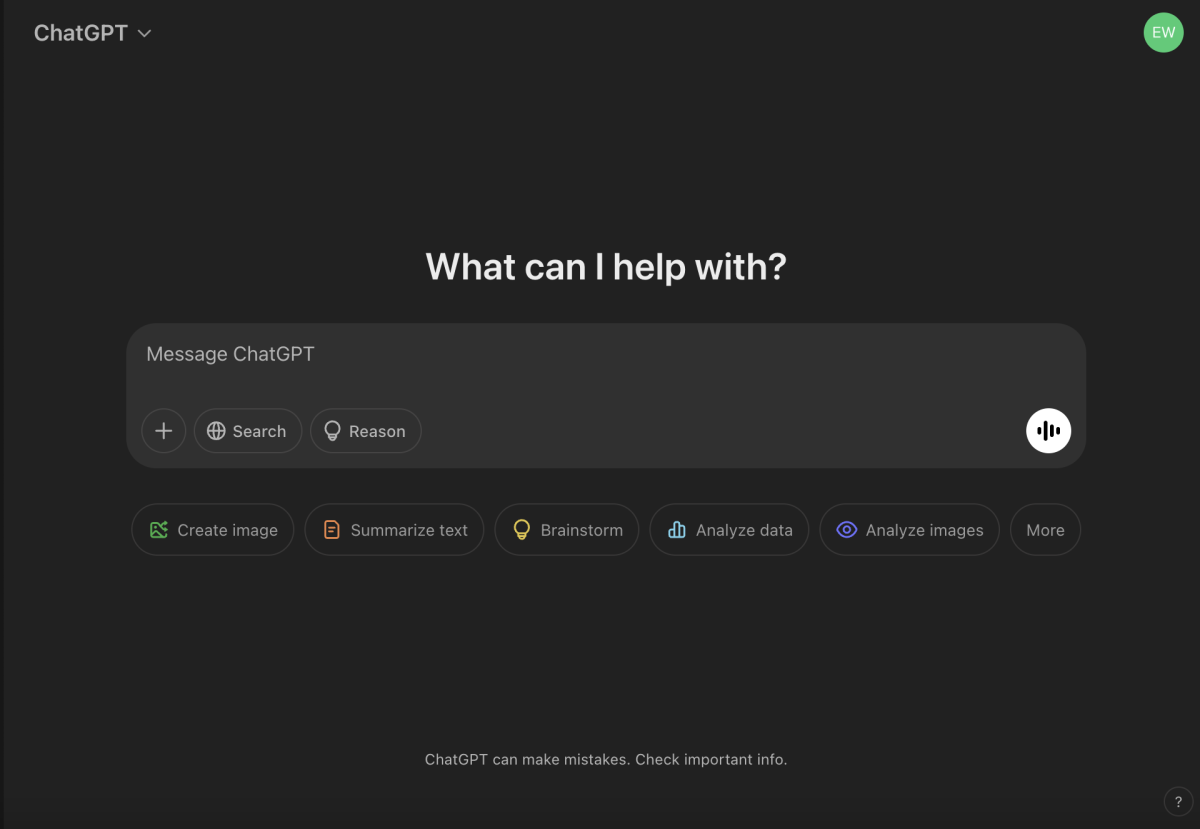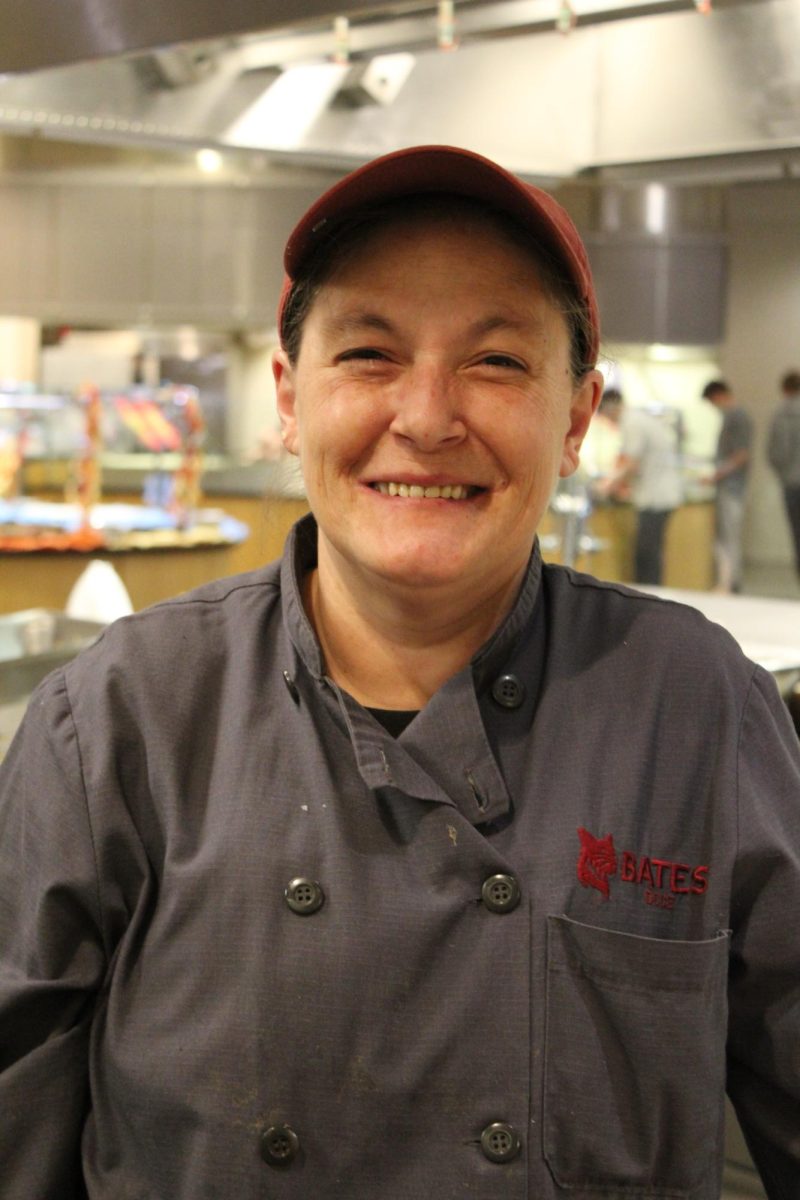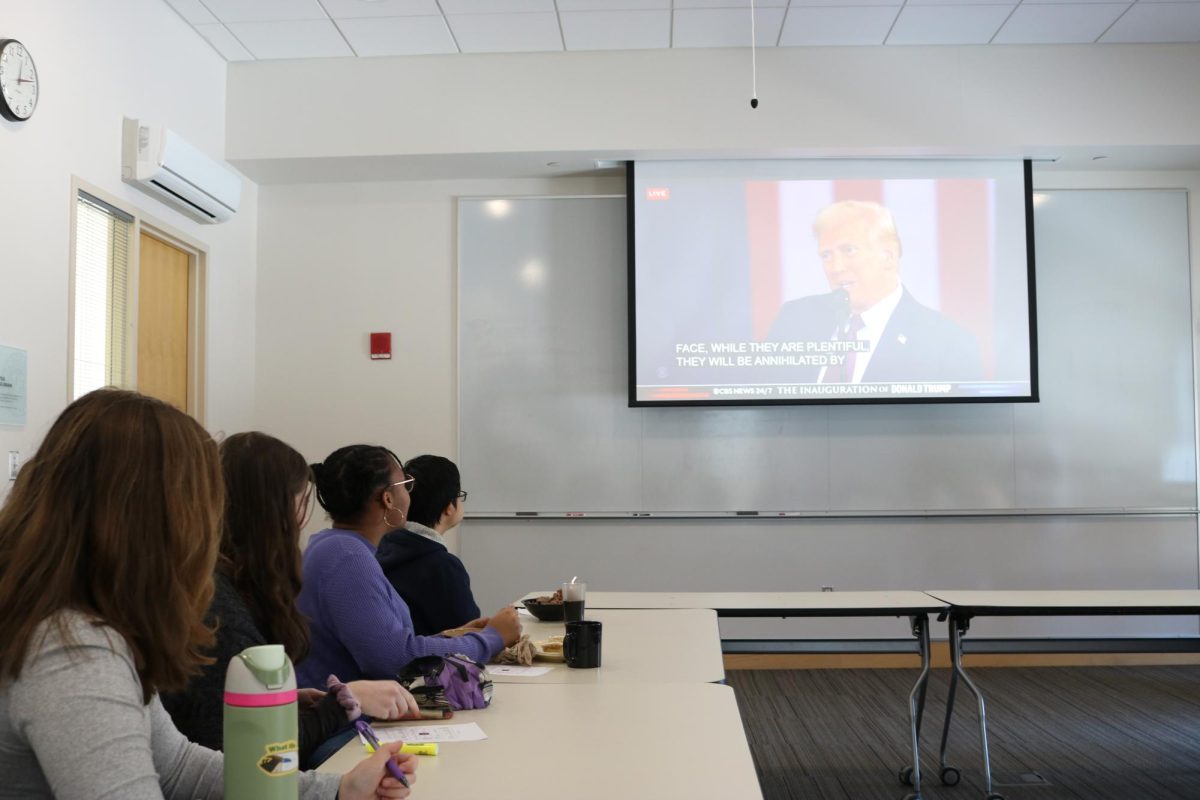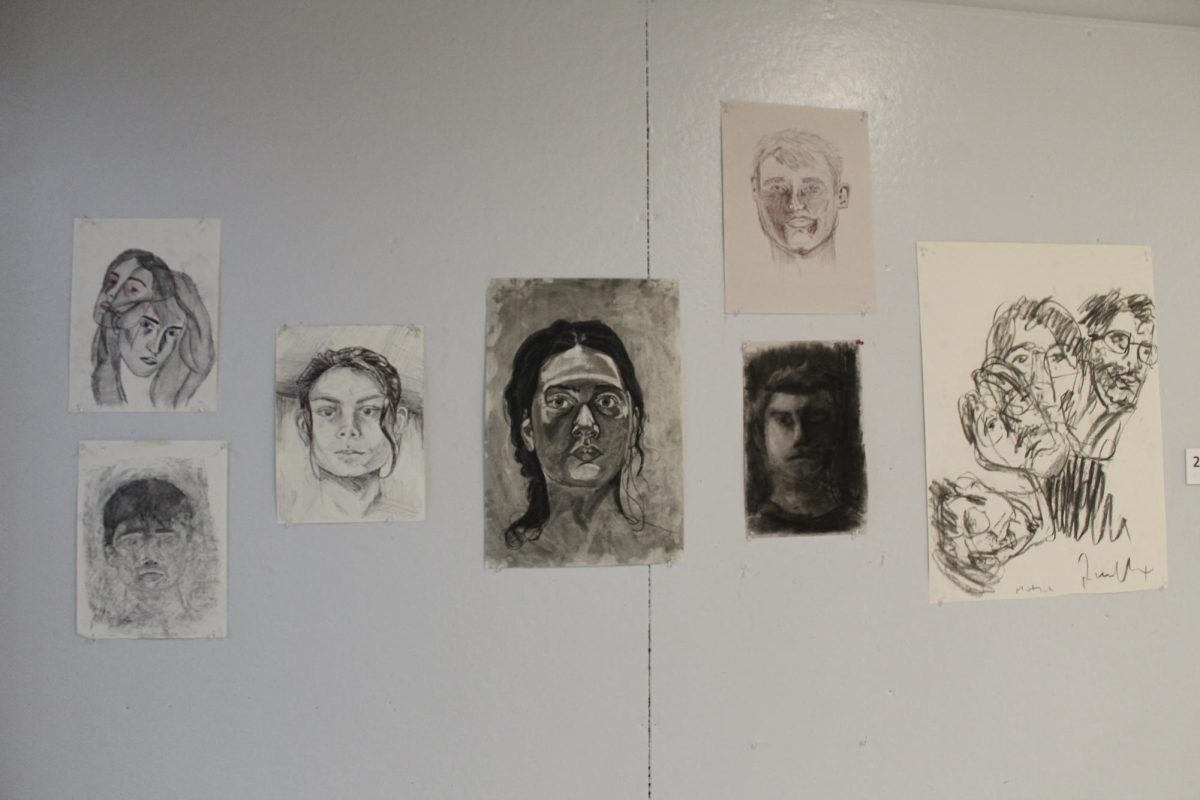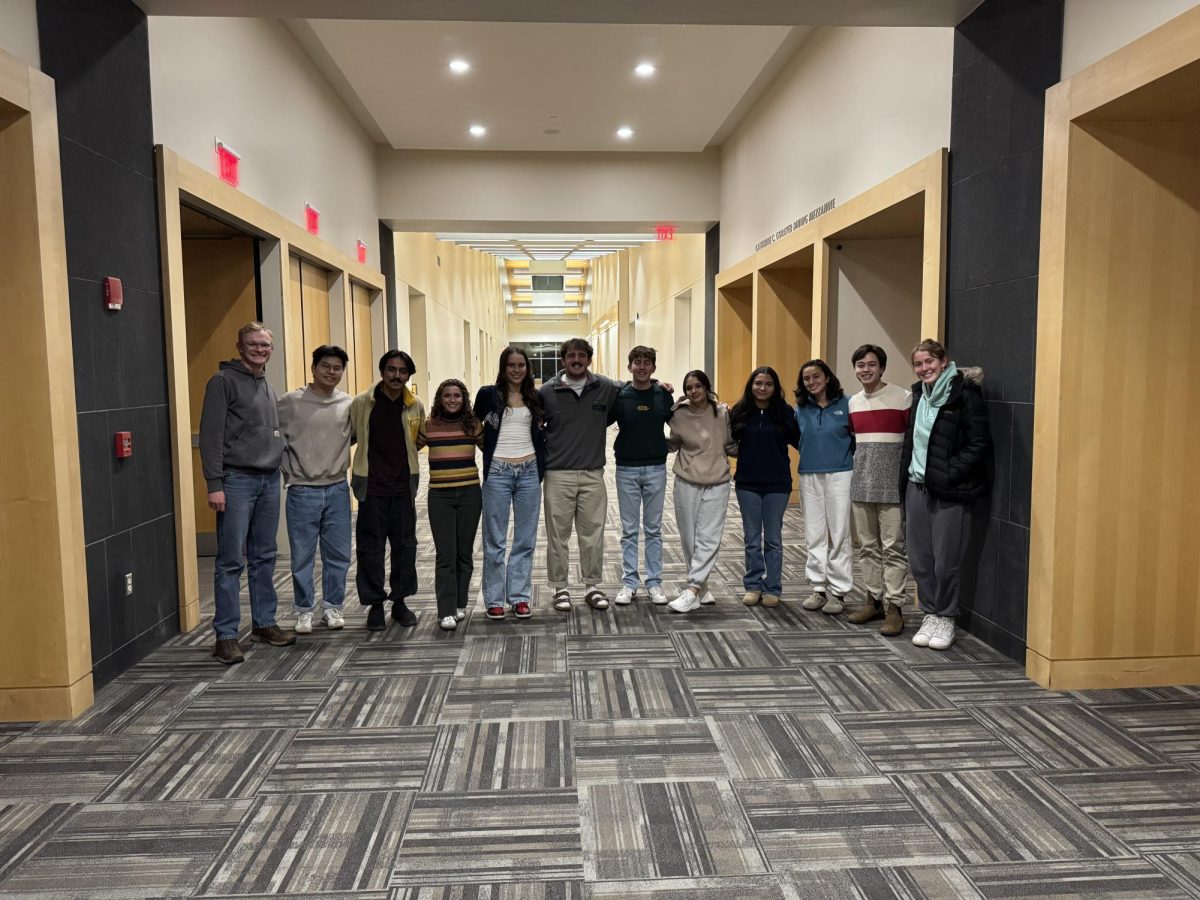WRBC: four airwavy letters known across campus — and Lewiston — for their provision of a friendly voice to brighten your day, a ‘companion unobtrusive.’ The radio station here at Bates is a magical place, and anyone who’s been in the studio can tell you how time seems to pass differently there.
Graffiti bedecks storied walls; endlessly marching rows of CDs and vinyl records cry colorful greetings out to the viewer; and, of course, the ever-present voice of RoboDJ prattles about one wry joke or the next before fading into the next Parton song.
A lot happens at WRBC. Behind the scenes, the station is what it is with a lot of effort. Oh, and some answering to the government.
A Troubled Takeoff
WRBC has humble beginnings as the brainchild of one Brooks Quimby, a debate coach and longtime professor at Bates in the mid-20th century (he was here for a while). Quimby established something known as WVBC (Voice of Bates College, the W being a standard for radio stations and standing for “Wavelength”), which sounds much cooler, but which ultimately had rough beginnings.
WVBC was soon changed to WRJR (RJR being the first initials of some contemporary staff members) by the FCC due to a conflict with another station. Around this time, the station switched from AM to the less fussy FM radio. (Science nerds, click away!)
But the US hadn’t fully bought in yet, so converters from FM to AM had to be installed on campus for anyone to actually listen in — and they broke down. A lot.
Making Waves
By the late 1970s, WRJR moved from the basement of Pettigrew (yes, it used to be there) to where it is today in the basement of 31 Frye Street — some of the graffiti in-studio might actually be 50 years old or more. Also, around this time, WRJR petitioned the FCC to change their call signal to — you guessed it — WRBC.
By the 1980s, WRBC started operating 24 hours a day. By the 1990s, Bates began an outreach program for Lewistonites, some of whom have been coming in for their own shows ever since. (That’s roughly 30 years and counting.)
Good Morning L-A!
Today, WRBC is run by Aiden Richman ’24, who generously agreed to an interview with The Student to expose the mysteries of the station.
First things first. RoboDJ. Many of you have probably heard the legends of its sentience, seen the ominous warnings about its awakening etched into the studio’s walls. For those of you who don’t know, RoboDJ is a wonky software that, as the name suggests, mixes music and talks occasionally.
But it seems to have moods, at least according to the author’s experience with WRBC.
“Legally,” Richman said, “I have to tell you that RoboDJ is a computer program called StationPlaylist that is not, in any way, capable of making its own decisions or of complex thought.”
As Richman conceded, though, “it does seem to have a mind of its own, somehow… it has whims.” Richman referenced how it supposedly randomly selects music from a vast library, but instead (and despite its code) played nothing but Bob Dylan one month and then another artist the next. “RoboDJ,” Richman said, “is a little lonely.” Even so, Richman noted how “essential” RoboDJ is to maintaining WRBC’s mission.
How about permanent staff members?
Richman referenced “WNPG down in Portland,” noting how they have at least one paid staff member. Certain college radio stations are more professionally integrated, and WRBC absolutely reaches out to the FCC and to full-time radio operators if the need arises. But WRBC is a proudly Bates-based and Bates-run operation.
Ultimately, the mission of WRBC, as Richman put it, is “to provide and preserve a resource where people can come, hang out, relax…feel like they’re leaving school somehow…” and to be “a resource for the community.”
WRBC is a beautifully simple and yet complex community endeavor at its core, said Richman — every DJ puts something out there and makes “an inroad into Lewiston.” It “lets you take this kernel of an idea…and expand it in your direction.” With 120 watts of transmitting power, students and community members consider WRBC a vehicle for success.
“We are well-positioned to be a benefit to the student population and to the community. And that’s cool,” Richman said. “It’s important to keep it happening.”




